Given the Conservative party has dedicated the past few weeks to tearing itself apart, it was surprising to read news of a bonafide potential policy change this week. According to The Times, the rules on labelling non-alcoholic and low-alcohol drinks could be set to change.
The threshold for a beer to be classed as ‘alcohol free’ will rise from 0.05% to between 0.5% and 1%, the newspaper reports, while ‘low alcohol’ will include drinks up to 3%.
This sounds initially like a small tweak. But it could have massive ramifications for the growing low & no sector.
Moving the threshold for ‘no alcohol’ beers to 0.5% is a no-brainer – and there have been calls to do so for some time.
Although some argue no-alcohol should literally mean just that, the suggestion would bring the UK in line with many other countries. Homegrown players have long argued the current rules have held them back and made them less competitive against imported brews, which have been able to sell their 0.5% drinks in the UK as ‘alcohol free’ for some time.
It could also encourage innovation. As Infinite Session founder Chris Hannaway points out, brewing between 0.05% and 0.5% does not require the specialist kit that brewing to 0% does.
Yes, the switch could leave somewhat of a sour taste in the mouth of suppliers that have invested in producing ‘pure’ 0.0% drinks. They may struggle to communicate exactly how these are any better or more virtuous if the rules around 0.5% are relaxed. However, many of those brands – Heineken 0.0%, Guinness 0.0% and Peroni 0.0% – have such a huge following that the impact is doubtful.
Going as far as the mooted 1% limit, though, would be more dubious. There is very little demand for a 1% limit for ‘alcohol free’ drinks in the supplier base, it would risk creating confusion for consumers and would put the UK out of step with the rest of the world.
A ‘low-alcohol’ space?
Raising the threshold for ‘low alcohol’ beers to 3% could have even more interesting ramifications. Genius Brewing co-founder Jason Clarke says this could in essence create an entirely new category of ‘light’ beers. Splitting low and no alcohol into ”separate categories with clearly differing ABV ceilings” will ”help retailers to range more precisely and cater for the increasingly nuanced needs of the health-focused consumer”, he says.
Indeed, if the rules change, buyers could end up ranging low-alcohol beers in their own dedicated space, which in turn could create a big opportunity for suppliers whose brands fit the bill. It would not be surprising, Clarke speculates, to see bigger suppliers that currently sell their drinks at 3.5% (like Bud Light and Michelob Ultra) reformulate to take advantage. This category wouldn’t just appeal to shoppers moderating their booze consumption, but also those seeking less calorific drinks, he adds.
The likes of CAMRA’s Tom Stainer, quoted in The Times article, even argue ‘low alcohol’ should be extended higher to 3.5%, to increase appeal to pubgoers.
In any case, that these changes are on the cards is a crucial step forward for the sector, and will come as a major relief to those who were dismayed when a consultation on changing descriptors back in 2018 resulted in no changes whatsoever.
It’s also encouraging that, according to The Times, neither Rishi Sunak nor Liz Truss raised objections when the plans were sent for approval to ministers ahead of a formal sign-off. At least they can agree on one thing.



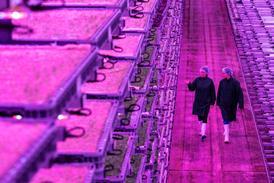
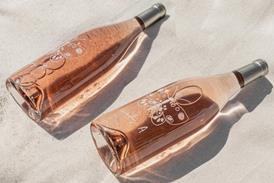


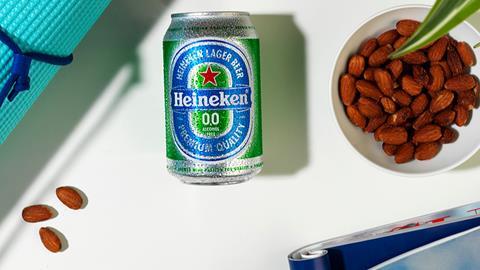

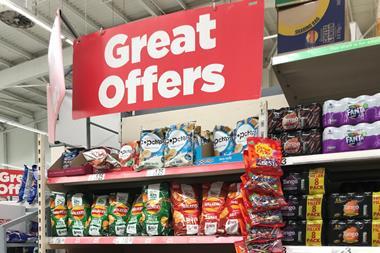
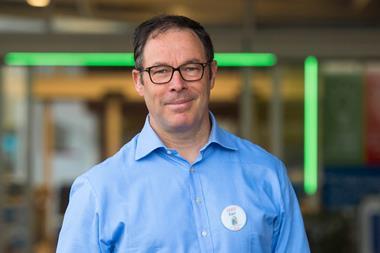


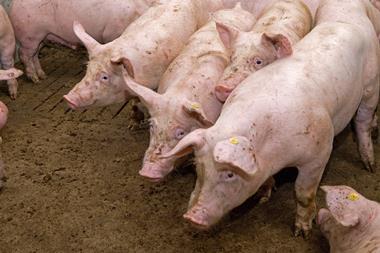

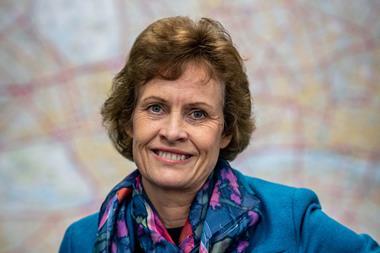
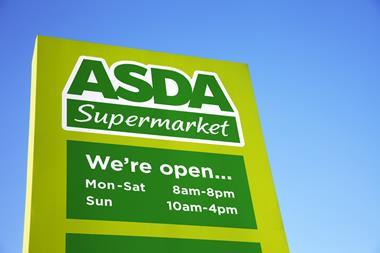
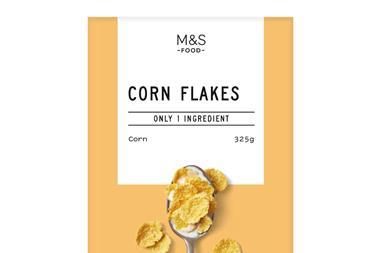
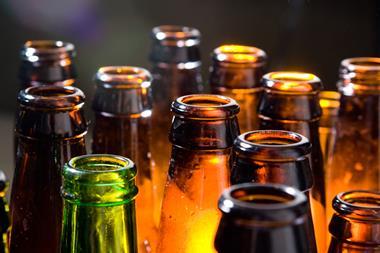
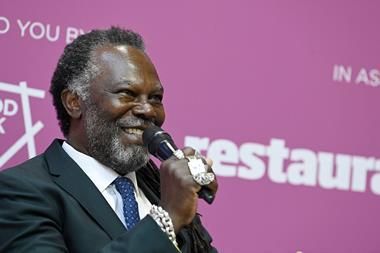
No comments yet